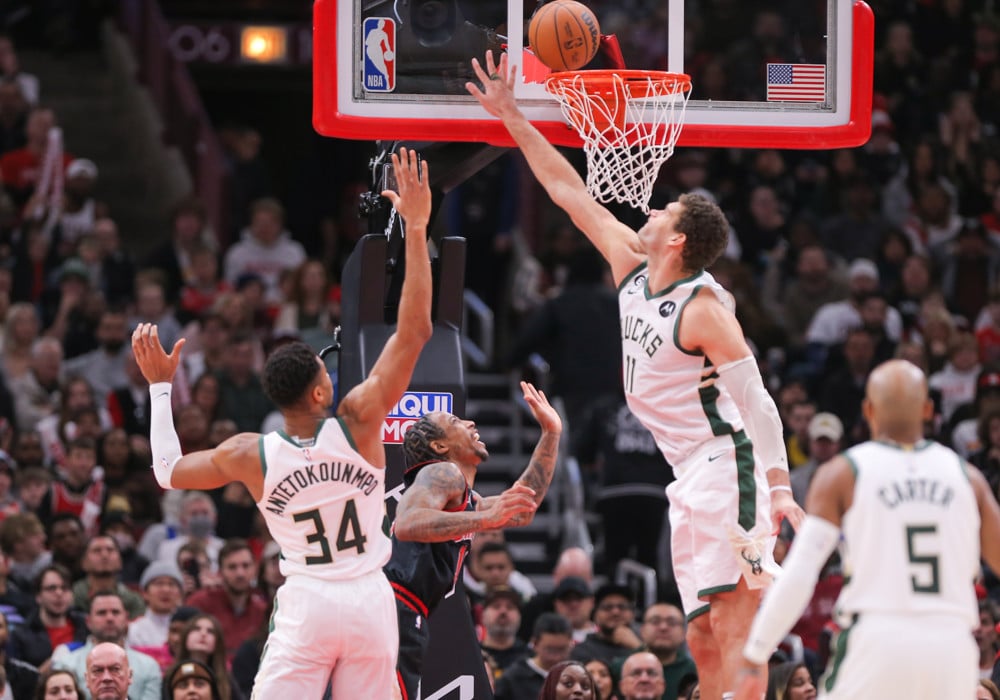Tech
Fake Email Tricks Nintendo Youtubers With DMCA Takedowns

Summary
- A fake email, pretending to be a Nintendo lawyer, had instigated false takedown claims against Nintendo YouTubers.
- The online troll persisted in making online creators delete many “Let’s Play” videos of various Nintendo titles.
- Despite being proven fake, other phony DMCA claims continue to destroy the online creator space.
Of all the major gaming companies, Nintendo has always been the toughest regarding copyright infringement and online takedowns. Not only have emulators been issued lawsuits and takedowns by Nintendo in the past, but also art and music.
Although copyright takedowns on platforms like YouTubers were instilled to allow for creative freedoms and protections for creators, Nintendo has always been somewhat paranoid, slamming their hammer down on anyone they suspect to be abusing their property.
Related
Rumor: Marvel Rivals Leaked Build Reveals Upcoming Heroes, Maps
Season 1 of Marvel Rivals could include at least a half-dozen new heroes and new maps.
So, no wonder anyone who gets a copyright strike or notice from Nintendo would instantly believe it. As an intricately detailed report from The Verge recently revealed, a new form of internet troll is abusing Nintendo’s reputation by reporting fake takedowns and removals on innocent content creators.
A monumental pillar of YouTube content, the fabled “Let’s Play” video, is now under attack by malicious trolls. Without any apparent motive, they are making false claims to abuse Nintendo Let’s Play YouTubers.
The core subject of the article is the YouTuber Domtendo, who had a long run-in with a troll persona called Tatsumi Masaaki, who claimed to represent Nintendo’s intellectual property management. Despite weird emails, Domtendo followed the demands at risk of channel termination due to copystrikes.
The emails sent by Masaaki started innocent enough, yet they were still a bit odd from a legal standpoint. For example, Masaaki claimed that ” the number of videos infringing Nintendo’s copyrights is too high to be able to list them all in this email.”
As Domtendo continued to pull videos from his channel due to fear of Nintendo’s banhammer, the fake email persisted to ask for removals. Masaaki even claimed that “Nintendo of America Inc. (“Nintendo”) will no longer tolerate this behavior and is now on the verge of filing a lawsuit.”
Yet, as these threats bubbled and Domtendo found other YouTubers facing similar legal threats, Nintendo directly replied to their speculation in an email by stating that the “tatsumi-masaaki@protonmail.com is not a legitimate Nintendo email address.”
Again, we highly suggest reading The Verge’s elaborate report if you wish to learn more details about the situation and the Nintendo troll’s uncovering. Throughout the debacle, we gained valuable insight into how fragile DMCA takedowns and copyright infringement seem to be in online spaces.
Flase Takedown Threats On YouTube
This situation is all too similar: a creator being thrown about out of fear of being struck off the platform from which they make a living. Although YouTube is often fairly communicative with its creators, and simple Twitter prompts can reverse unexpected changes, this doesn’t stop the threat of potential DMCA takedowns on the platform.
As we can see with Domtendo, having a few copyright strikes on a YouTube channel means any small mistake can terminate your entire channel. When YouTubers feared Nintendo a few years back when strikes were issued for using Nintendo music, they began to take down their own videos.
As much as the tool of DMCA takedowns is constructed to help YouTubers ensure that their work isn’t stolen and plagiarism doesn’t run rampant, it sadly becomes a tool for companies and individuals to harass creators.
As the article from The Verge examined, over 6% of takedown requests on YouTube are likely false. With such a high percentage of fake takedowns, many of us wonder why this system has refused to have any form of advanced protection from those making false claims.
As for the situation with the fake profile of Tatsumi Masaaki, this individual had alone made false claims on numerous other channels, many of which may not even be revealed to the public. It hasn’t even been confirmed whether Masaaki can no longer make phony claims against creators.
Although we’re hoping for the fairest online space for creators to create informative, copyright-free works on the internet, some cruel individuals, such as the fake profile discussed here, go to show that a few bad apples poke fragile holes in YouTube’s entire system.

Next
Trusted Leaker Hints at Nintendo Switch 2 Announcement in January
Another Nintendo leak, right in time for the holidays.













